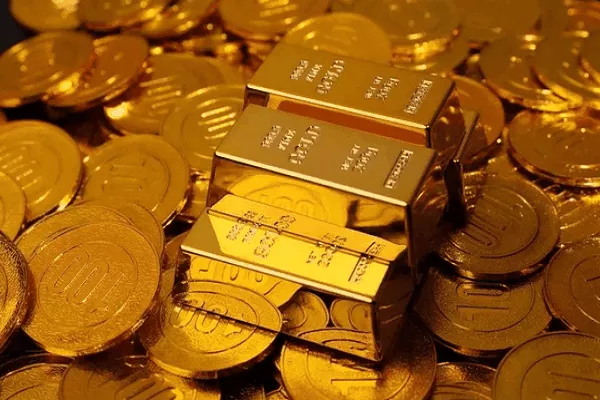Gold, a precious metal renowned for its beauty and rarity, has been a symbol of wealth and prosperity throughout history. Investors, traders, and jewelry enthusiasts alike closely monitor the spot price of gold per gram to gauge market trends and make informed decisions. In this comprehensive article, we delve into the concept of spot price, explore the factors influencing gold’s value, examine historical pricing patterns, and discuss the significance of gold as an investment asset. By understanding the dynamics of spot price, readers will gain valuable insights into the world of gold trading and make more informed decisions regarding this coveted commodity.
I. Spot Price Defined
Spot price refers to the current market price for immediate delivery of a particular commodity, in this case, gold, expressed per unit weight, usually per gram or per ounce. The spot price acts as a benchmark for transactions involving physical gold bullion, bars, coins, and other derivatives. It represents the prevailing supply and demand dynamics at any given moment, reflecting the instantaneous price for settling trades.
II. Factors Influencing Gold’s Value
Several factors contribute to the determination of gold’s spot price per gram. Understanding these factors is crucial for analyzing market trends and making informed investment decisions. Some of the key influencers include:
Supply and Demand:
Fluctuations in gold production, mine output, central bank reserves, and changes in consumer demand can significantly impact the spot price.
Economic Conditions:
Gold is often viewed as a safe-haven asset during times of economic uncertainty and inflationary pressures. Consequently, economic indicators such as GDP growth, interest rates, currency movements, and geopolitical events can influence investor sentiment towards gold and subsequently its price.
US Dollar Strength:
Given that gold is priced in US dollars, changes in the value of the dollar relative to other currencies can influence gold’s spot price. A stronger dollar generally leads to a lower gold price, while a weaker dollar tends to drive up gold prices.
Market Speculation and Investor Sentiment:
Market participants’ perceptions, trading activity, and sentiment towards gold can create short-term volatility in the spot price. Factors such as speculative trading, ETF flows, and hedge fund positioning can impact gold’s value per gram.
III. Historical Pricing Patterns
Analyzing historical pricing patterns provides valuable insights into gold’s spot price dynamics. Over the past few decades, gold has experienced significant price fluctuations, influenced by various economic, geopolitical, and market factors. For instance, during periods of global financial crises or when inflationary concerns rise, investors often flock to gold as a safe-haven asset, driving up its price. Conversely, during periods of economic stability and risk-on sentiment, gold may experience price declines.
Additionally, gold exhibits seasonal trends influenced by cultural events, festivals, and jewelry demand. For example, in India, where gold jewelry plays an integral role in weddings and religious celebrations, demand tends to be higher during specific months, leading to potential price increases.
IV. Gold as an Investment Asset
Gold serves as a diversification tool within investment portfolios due to its historically low correlation with traditional financial assets such as stocks and bonds. It acts as a hedge against inflation, currency devaluation, and financial market volatility. Moreover, gold is highly liquid, allowing investors to buy and sell easily.
Investors can gain exposure to gold through various instruments, including physical bullion, gold exchange-traded funds (ETFs), futures contracts, and gold mining stocks. Each investment vehicle carries its advantages and considerations, which individuals must carefully evaluate based on their investment goals, risk appetite, and time horizon.
Conclusion
The spot price of gold per gram is a critical metric for investors and traders looking to engage in gold-related activities. It serves as a reflection of the current supply and demand dynamics, influenced by factors such as economic conditions, currency movements, market sentiment, and global events. Understanding the historical pricing patterns and the role of gold as an investment asset provides valuable insights for individuals seeking to include gold in their portfolios.
As with any investment, it is essential to conduct thorough research, consult with professionals, and evaluate one’s risk tolerance before making investment decisions related to gold. By staying informed and monitoring changes in the spot price, investors can navigate the world of gold trading with confidence and make well-informed choices that align with their financial goals.


